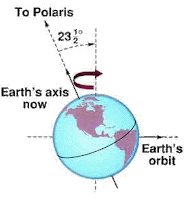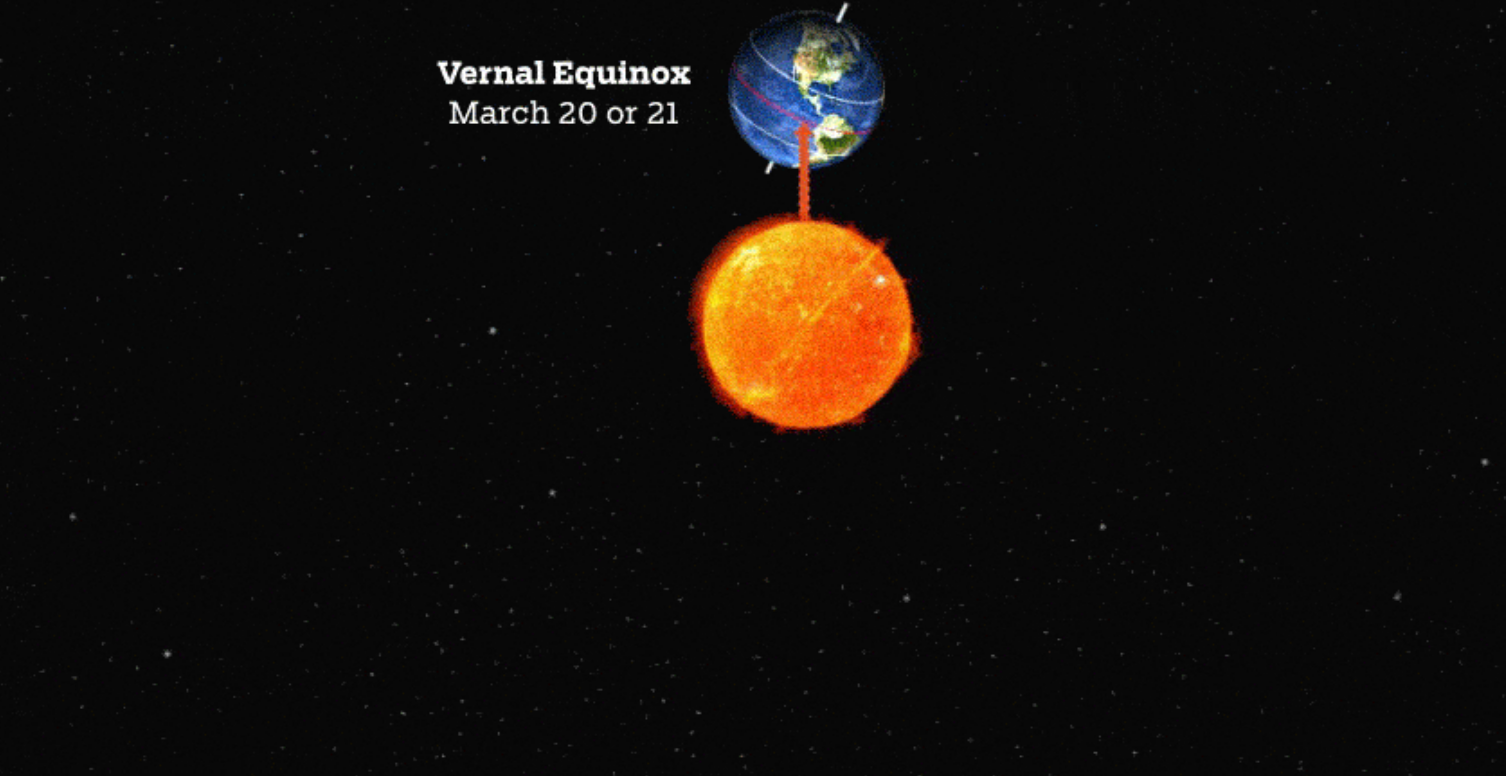
The Twin Cities hit 40 degrees on Sunday. We’ll feel gradually milder temperatures this week. Gradually milder this weekĮarly spring in Minnesota often feels more like late winter. This causes every day on Earth, including the days of the equinoxes, to be at least 6 minutes longer than it would have been without this refraction. The same thing happens at sunset when you can see the Sun for several minutes after it has dipped under the horizon.

This refraction, or bending of the light, causes the Sun’s upper edge to be visible from Earth several minutes before the edge actually reaches the horizon. The time it takes for the Sun to fully set, which can be several minutes, makes the day just a bit longer than the night on the equinoxes.Īnother reason for why the day is longer than 12 hours on an equinox is because the Earth's atmosphere refracts sunlight. Sunrise and Sunset are defined as the exact moment the upper edge of the Sun’s disk touches the eastern and the western horizon, respectively. If sunrise and sunset were defined as the moment the geometric center of the Sun passes the horizon, then the day and night would be exactly 12 hours long. One of the reasons why most locations on Earth do not enjoy exactly 12 hours of daytime and 12 hours of nighttime on the equinoxes is how sunrise and sunset are defined. In the Twin Cities, we’ll see 12 hours and 8 minutes of daylight Monday.Īgain. That adds as much as 6 minutes to daylight. Second, we actually see the sun before it rises and after it sets because the earth’s atmosphere refracts the light and makes it curve. That adds a few extra minutes to our daylight.
#VERNAL EQUINOX FULL#
It takes a few minutes for the full disc of the sun to rise and set. There are a couple of reasons for this.įirst, sunrise and sunset are defined by the upper edge of the sun crossing the horizon. The term equinox means equal night, but we’ll get a little more than 12 hours of daylight on Monday. As the Earth travels toward the opposite side of its orbit, which it reaches in December, the Southern Hemisphere gradually receives more sunlight, and the subsolar point travels south. In June, the Northern Hemisphere is tilted toward the Sun, and the subsolar point is north of the equator. The subsolar point moves north and south during the year because the Earth’s axis is tilted at an angle of about 23.4° in relation to the ecliptic, an imaginary plane created by Earth’s path around the Sun. The June solstice marks the northernmost point of its journey. Having reached its southernmost point at the December solstice, it starts moving northward until it crosses the equator on the day of the March equinox. This happens on March 19, 20, or 21 every year.ĭuring the course of a year, the subsolar point-the spot on the Earth's surface directly beneath the Sun-slowly moves along a north-south axis. The March equinox is the moment the Sun crosses the celestial equator-an imaginary line in the sky above Earth’s equator-from south to north. On that day, the Twin Cities will see about 15 hours and 36 minutes of daylight! The sun will reach its peak northward progression on the summer solstice on June 21 this year at 9:57 a.m. At that point, the sun will be directly over the equator on its gradual path northward into the Northern Hemisphere.

The vernal equinox occurs at 4:24 pm on Monday.


 0 kommentar(er)
0 kommentar(er)
